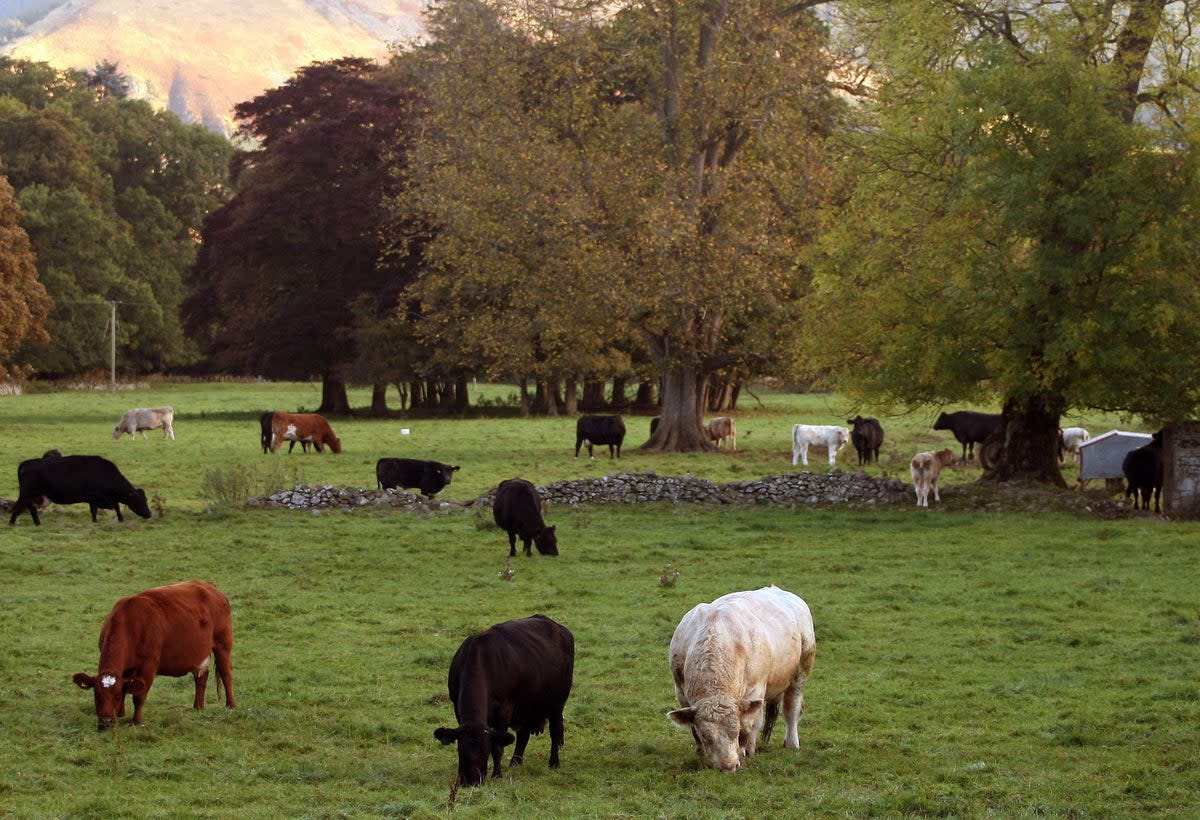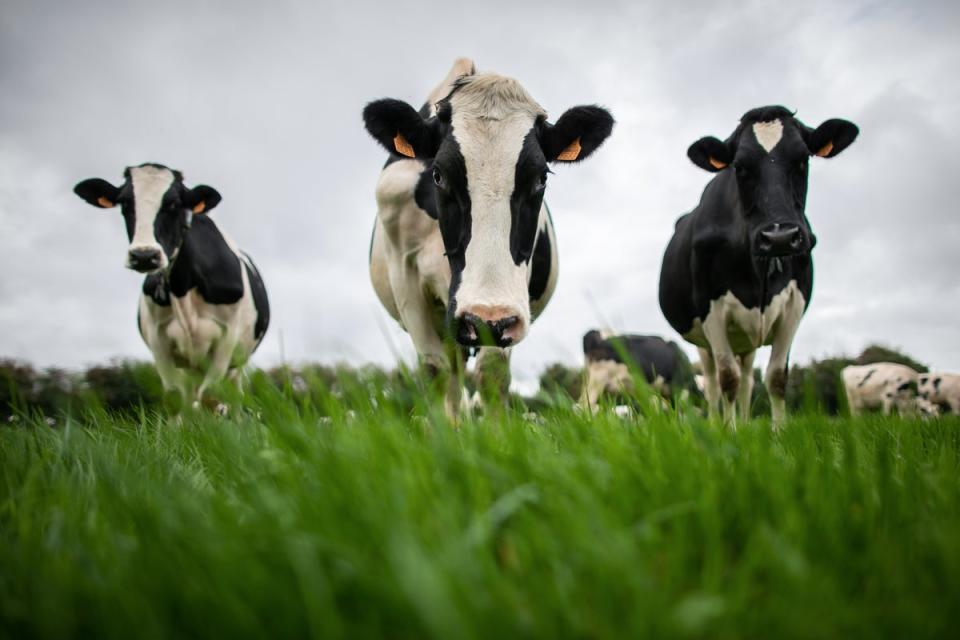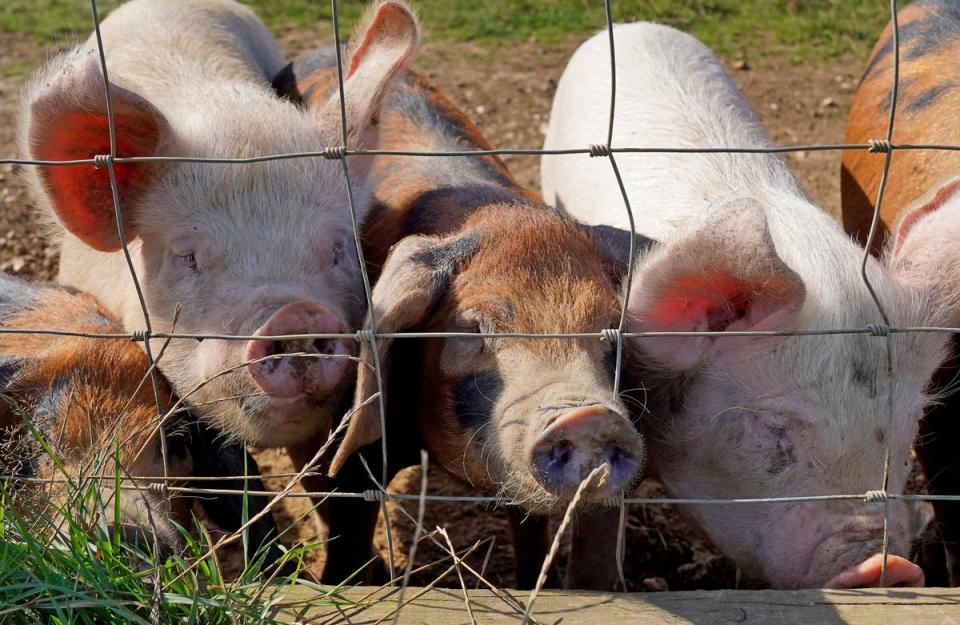What is foot and mouth disease and how is it spread after case suspected in UK?

A suspected case of foot-and-mouth disease has been identified on a Norfolk farm, the government has confirmed.
A statement released by Defra said: “Following suspicion of vesicular disease in pigs, and as a precaution to prevent the spread of disease, a 10km temporary control zone has been declared around a premises near Feltwell, Kings Lynn and west Norfolk, Norfolk.”
“The premises remains under restrictions pending further tests,” it added.
The NFU East Anglia regional director, and former National Pig Association chief executive Zoe Davies said that a control zone is just a precaution, at this stage, adding: “We are waiting, keeping everything crossed and praying it isn’t what they suspect it is.”
The last outbreak of foot and mouth in Britain was 2007, and the viral disease is highly contagious among cattle, swine, sheep and goats.
The outbreak lasted almost a year, costing the economy more than £8 billion, with more than 2,000 cases of the disease recorded in farms across British countryside.
At least 7 million farm animals were slaughtered, and it took the British meat industry years to recover.
What is foot and mouth disease?

Foot-and-mouth disease (FMD) is an acute infectious disease caused by a virus of which there are 7 types, which produce similar symptoms and can only be differentiated in the laboratory.
The signs that livestock has contracted it differs from species to species, but in cattle these include shivering, slobbering and smacking of lips, tender and sore feet, reduced milk yield, sores and blisters on feet, and a raised temperature.
In sheep, the animal might incur sudden lameness, blisters on the dental pad, or lying down frequently with an unwillingness to rise. Again, for pigs, the signs differ slightly again, but include sudden lameness, preferring to lie down, squealing when moving and hobbling painfully, and blisters on the snout and tongue.
For more information, visit the Department of Agriculture, Environment and Rural Affaris’ website.
Which animals are susceptible to foot and mouth disease?

Among farm stock, cattle, sheep, pigs, and goats are susceptible, as are llamas and alpacas. Some wild animals such as hedgehogs, coypu, and any wild cloven-footed animals such as deer and zoo animals including elephants can also contract it.
How is foot and mouth disease spread?
The disease is spread mechanically by the movement of animals, persons, vehicles and other things which have been contaminated by the virus.
Airborne spread of the disease can take place and under favourable climatic conditions.
Animals can also pick up the virus either by direct contact with an infected animal or by contact with foodstuffs or other things which have been contaminated.


